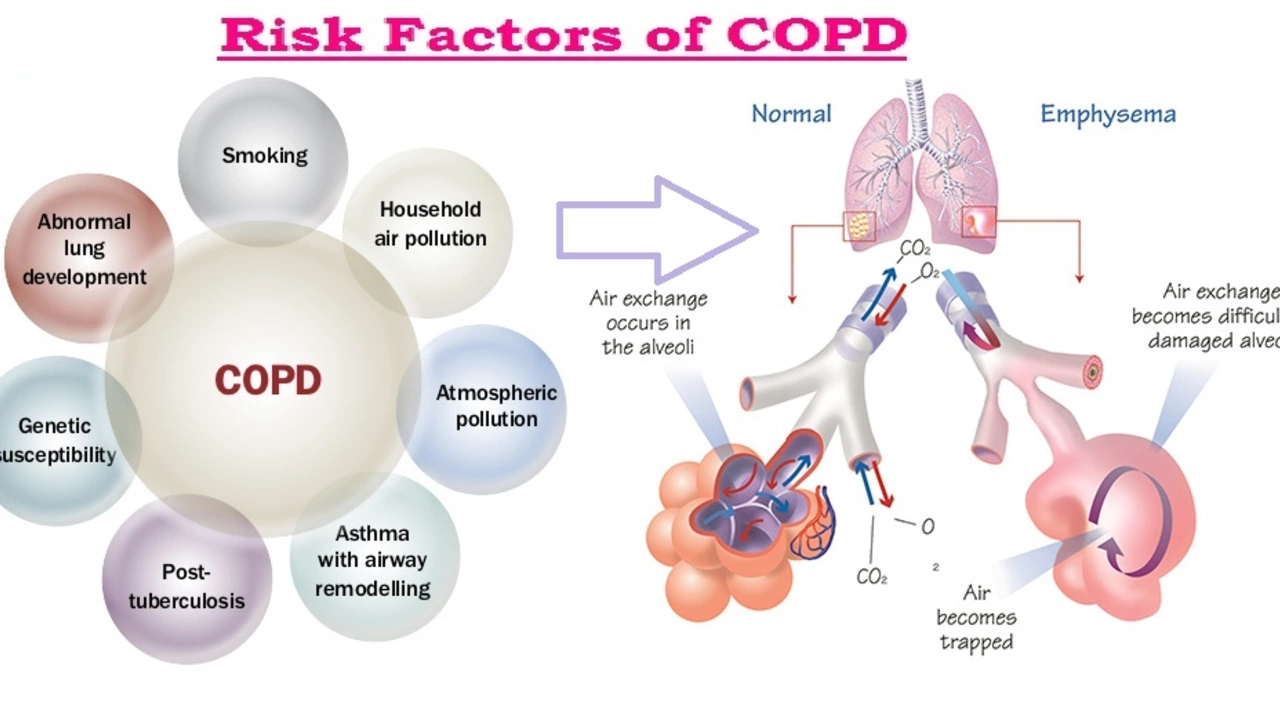Risk of Infection: Practical Steps to Lower Your Chances
A tiny cut, a dental problem, or the wrong medicine can start an infection faster than you expect. You don't need medical school to stop most of them. Use clear, simple actions every day to cut risk and catch problems early.
Quick steps to reduce infection risk
Clean hands are the single best defense. Wash with soap and water for 20 seconds before touching wounds, food, or medical devices. Use alcohol hand rub when you can't get to soap.
Treat wounds right away. Rinse with clean water, pat dry, and cover with a sterile bandage. Change dressings when wet or dirty. If a wound was caused by dirt or animal bites, get a tetanus shot check and medical advice.
Keep medical devices clean. Catheters, IV lines, and stents need dry, tidy sites and regular checks. Follow your clinic’s instructions for cleaning and dressing changes. If an access site looks red, swollen, or painful, call your provider.
Watch your meds. Counterfeit or poor-quality medicines can fail to treat infections and let them get worse. Buy from licensed pharmacies, require a prescription for antibiotics, check for contact details and reviews, and avoid deals that look too good to be true.
Vaccines cut risk for many infections. Stay up to date on routine shots like tetanus, flu, COVID, and hepatitis where recommended. Vaccines reduce the chance of serious, treatable infections that often lead to complications.
Good oral care matters. Bleeding gums, cracked teeth, or untreated dental problems can seed infections elsewhere in the body. Brush twice a day, floss, and see a dentist when something hurts or bleeds easily—especially if you have involuntary movements that affect your mouth.
Signs that mean take action now
Know the red flags: spreading redness or streaks, increasing pain, swelling, pus or bad smell, fever above 38°C (100.4°F), chills, or feeling faint. Any of these mean call your doctor or go to urgent care.
Don’t self-prescribe antibiotics from sketchy sources. Wrong drug, wrong dose, or fake pills make infections harder to treat and can breed resistant bacteria. If you get an antibiotic, finish the course unless a clinician tells you otherwise.
When you should rush in: rapid spread of redness, high fever, hard or numb area near an injury, trouble breathing, chest pain, or confusion. These are symptoms of serious infections that need emergency care.
Simple daily habits go a long way. Wash your hands, care for cuts, use trusted pharmacies, keep vaccines current, and ask for help early. That mix of prevention and quick action will cut your risk of infection and keep small problems from becoming big ones.
